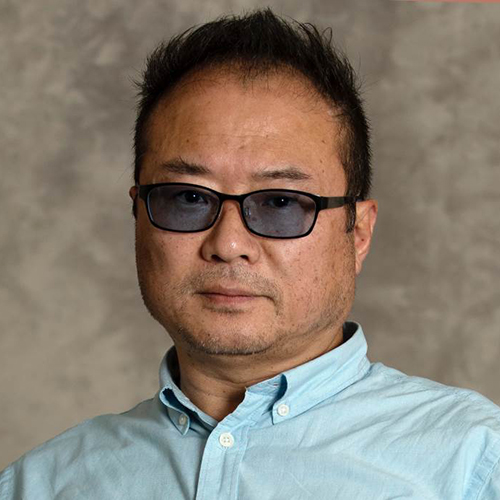The blessings experienced in therapy can reach further: they can
remind artists everywhere what the function of art has always been and
will always be.
-Rudolf Arnheim (1992)
In my experience of teaching art in both the undergraduate and pre-professional levels, I have found that using the therapeutical aspect of art is extremely effective. I am a strong believer in supporting one’s characteristics for them to establish their visual languages. The basis of my philosophy can be found in the pure science of visual perception.
The principles of visual perception provide artists with an analytical basis for the evaluation of visual art to place beside our subjective considerations.
THE LANGUAGE OF VISUAL ART –Jack Fredrick Myers
Besides giving them useful information in a specific area, analyzing a student’s personal aesthetic properties through critique is becoming indispensable for me. When the learning process goes into a deeper stage, students most likely will end up facing their inner psychology. This occurs due to focus on their spiritual issues or frustration, which ultimately stems from a lack of confidence. One of the therapeutical ways that I most respect and care for is utilizing their pre-existing intrinsic positive properties for solving their problems.
I am strongly convinced that every single student has—deep inside—possession of a positive aesthetic requisite. Therefore, I believe in my student’s inherent creative capacity. I feel that the teacher’s task is to help students reveal and unlock their innate abilities to create through and focused training in both technique and creativity. I have found that many students in the past years who thought they did not have any talent or passion for art become enthusiastic art majors through a couple of academic years. Art becomes their reason for being, which gives me tremendous pleasure and even penetrates my professional field (fine art).
Providing easy access to my expertise is also a priority in my teaching.
I always post sign-up sheets on my office door and actively encourage dialogue with students during office hours, by appointment, telephone, email and even allow them to visit my art studio in town with their paintings. I have enjoyed open and trusting relationships with students that have certainly contributed to a higher level of student work.
I am passionate about discovering the most operative ways of stimulating and sustaining artistic intellectual growth among my students. As I mentioned above, my treatments for students are individualized, depending on his or her personal properties and in terms of their creative processes and needs. Therefore, I do not direct them to be clones of me, neither in a stylistic or perceptual aspect. The training of art students should sharpen their sense of their personal aesthetic qualities. My firm objectives in art education are finding students’ positive inner properties, curing their potentially improvable wounds, and letting them be completely independent so that they may go forth into their lives confidently.
Teaching is Art for me. It is inspiring by extreme energy, embracing high empowerment, agonizing, and struggling with innocent beings. These are challenges to me. Thus, I am profoundly grateful for the privileged position given to me that demands humility as much as respect.

